With its blinged out designer clothes shops filled with trophy wives dragging along toy poodles, Salamanca is THE most exclusive barrio in Madrid. But it wasn’t always this way. In fact, the area has a surprisingly short and initially troubled history.
Breaking through the city wall
Between 1625 and 1868, Madrid was surrounded by a high wall. Anyone wanting to enter had to submit to an inspection at one of the city’s numerous gates. Though this ensured that the authorities could collect taxes while keeping tabs on traffic in and out of the city, it also prevented urban growth. By the mid 1800s, the city was bursting at the seams. A plan to knock down the walls and expand the city to the north and east in a grid format was given the green light in 1860 and one entrepreneurial speculator named José de Salamanca y Mayol (aka the Marquis of Salamanca) sniffed a golden opportunity.
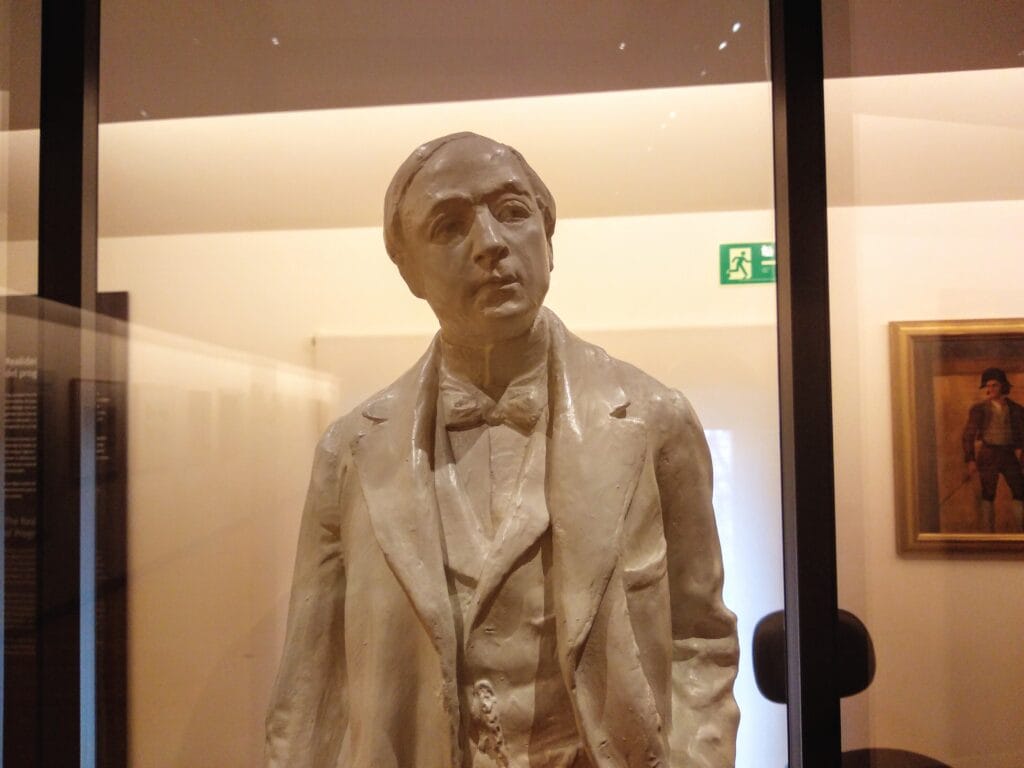
Under the patronage of the then monarch Isabella II, Salamanca had made a fortune for himself investing in, among other things, Madrid’s first railway line – which ran to the royal palace in Aranjuez. With a huge amount of credit at his disposal, he set about creating the barrio that now bears his name, building a row of snazzy apartment blocks along Calle Serrano and getting the British to invest money in a tram service connecting the area to Sol. However, although these spacious flats equipped with central heating and running water (a marvel in those days) were elegant on the inside and out, nobody was biting. It seemed that the middle classes just weren’t ready or flush enough to move out of the cramped city centre, leaving our would be tycoon washed up in Paris along with his former patron and monarch Isabella (who had by then been forced to abdicate).
Down but not out
But this was not the end for the barrio. According to Historia Urbana de Madrid, the bankrupt Marquis’ property passed into the hands of the Spanish Commercial Credit Society who raffled some flats off in a lottery that generated interest in the area. Finally Madrid’s wealthiest families began to look north past the Puerta de Alcala. Fabulous mansions went up along Paseo de la Castellana. While most of these are in a rather grand classical style, there are some quirkier buildings in the area. Take the ABC Serrano, for instance which was built by the publishing house responsible for the paper of the same name. It’s a stunning building covered in painted Spanish tiles that pay tribute to Gutenberg (the inventor of the modern printing press) among others.
A protected zone
By the 1930s, bustling Salamanca was firmly established as a bourgeois enclave. So much so that its well-heeled residents were regarded with some suspicion during the early days of the Republic. This led to open conflict when the authorities occupied the ABC Serrano building during the Civil War and took over editorial control of the paper. Franco knew too that his most staunch supporters came from the upper classes, so during the siege of Madrid he ordered pilots to refrain from bombing the area, leaving it largely unaffected by the fierce aerial bombardment the rest of the city endured. In fact, the only damage Salamanca suffered during the Civil War was from friendly fire when a powder keg exploded unexpectedly in Lista Station killing dozens of bystanders.
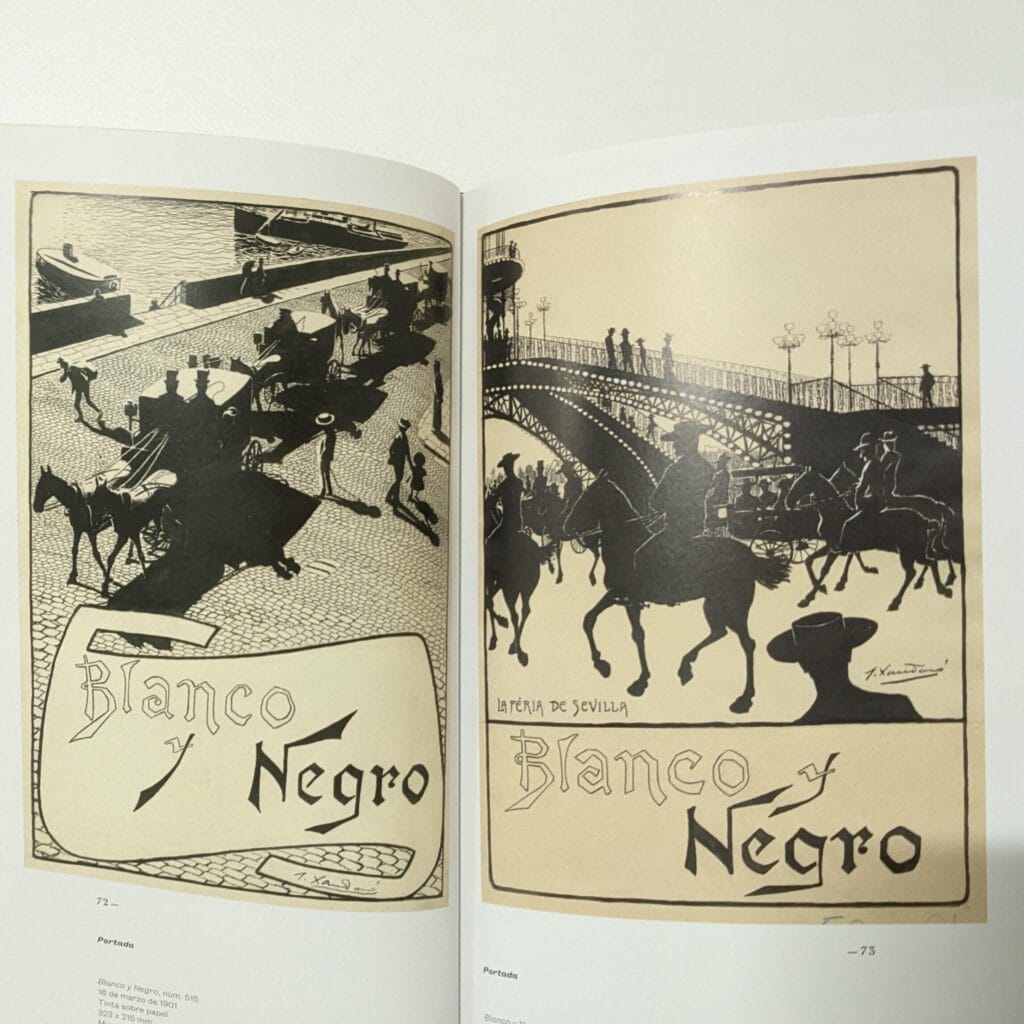
To this day Salamanca remains staunchly right wing with 72% of the population voting for the Partido Popular. Spanish flags fly from many windows reflecting the nationalistic politics of its residents. Personally, besides the aforementioned ABC Serrano building and the museum Juan March – which regularly puts on fabulous exhibitions and free classical concerts – the area holds little allure for me. Most of the shops sell items that are far beyond the reach of your average Madrilleño. Take for instance, the shop window pictured below:
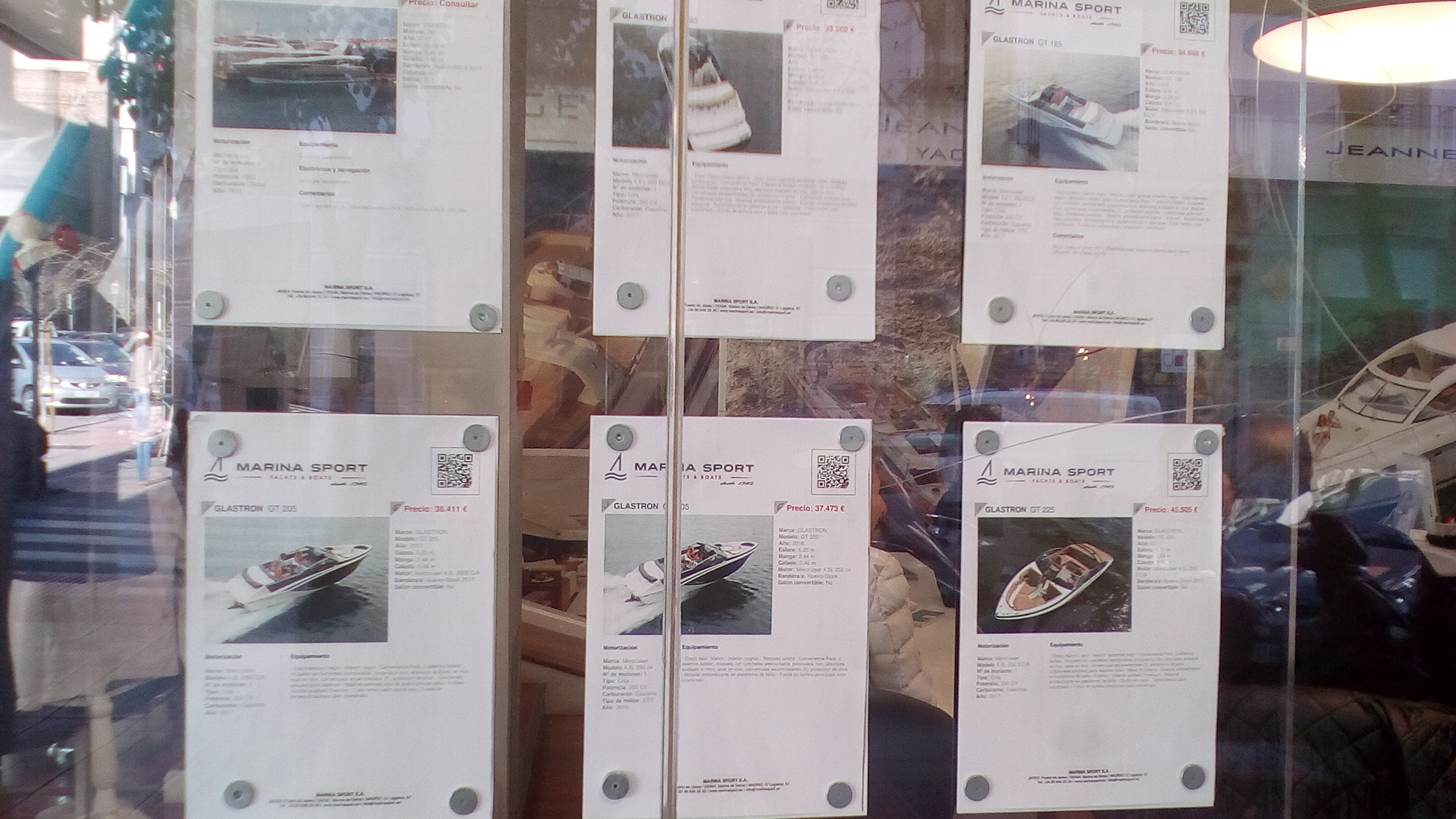
Keen to find out more about the history of Madrid? See another side of the city with one of my unique walking tours.
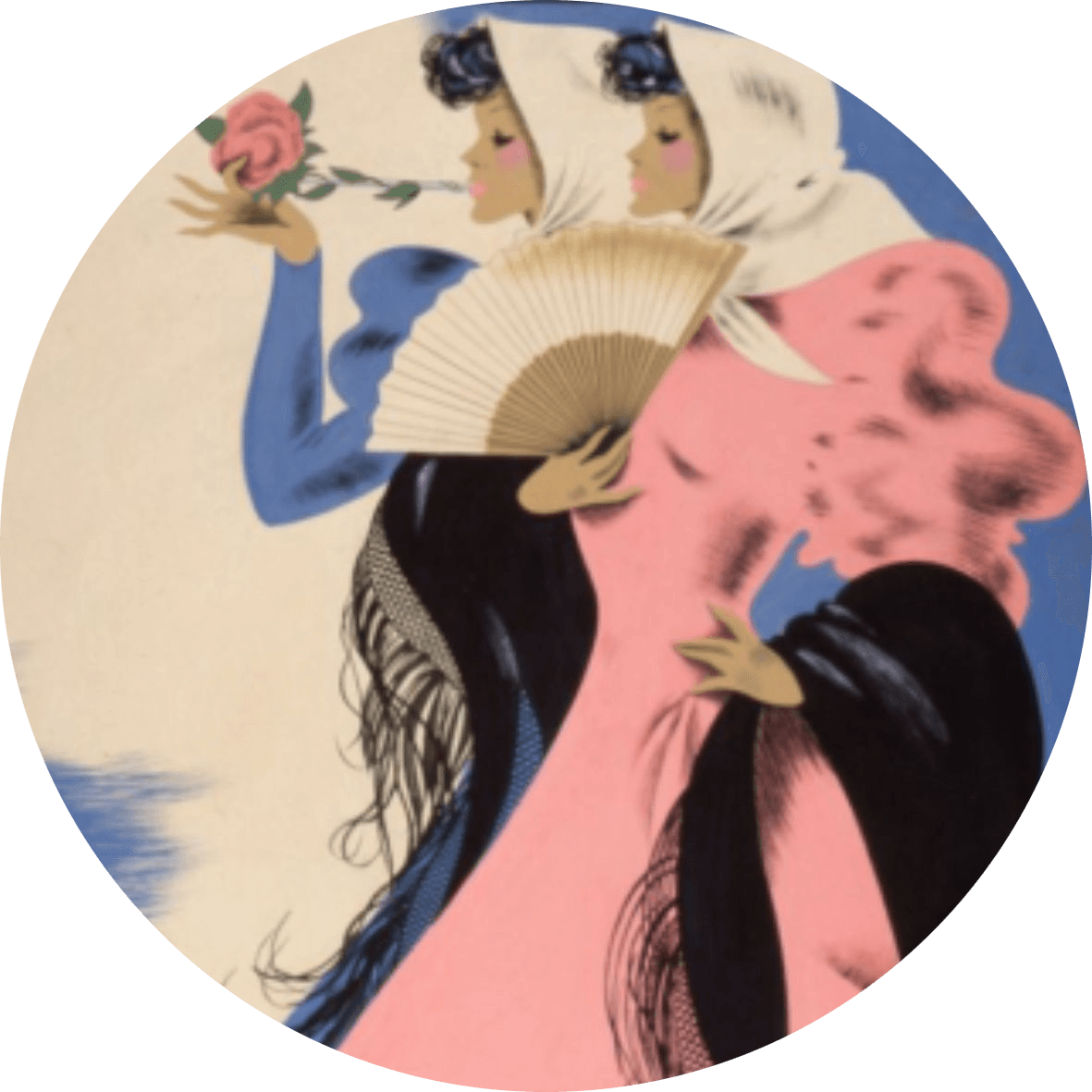
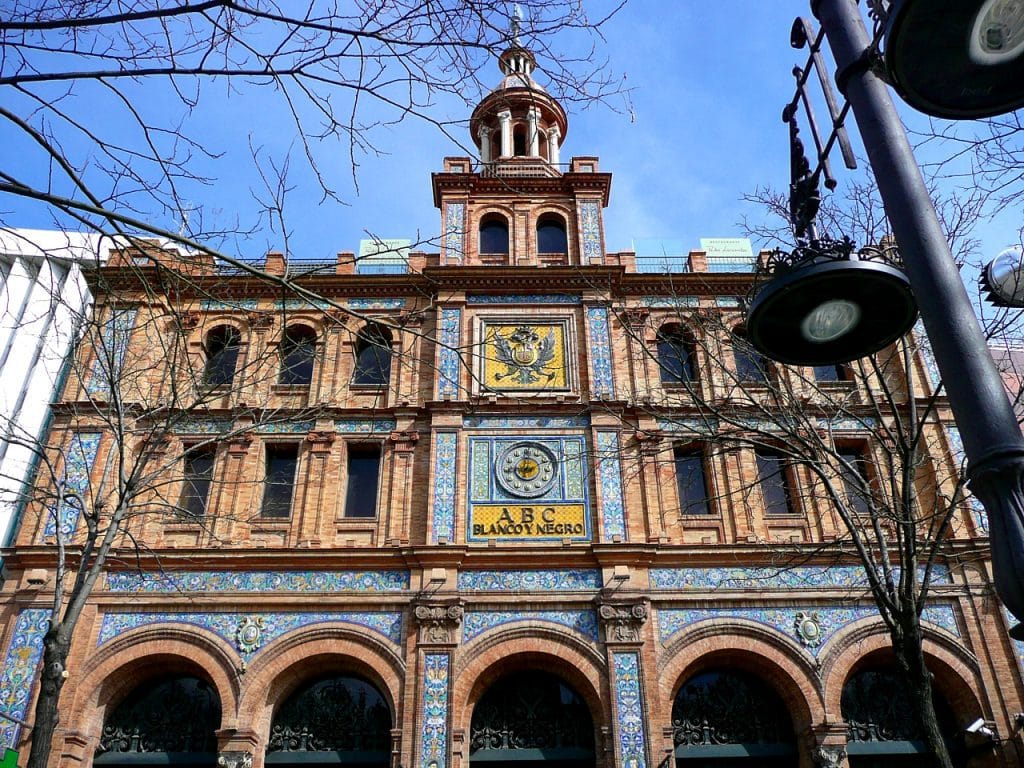

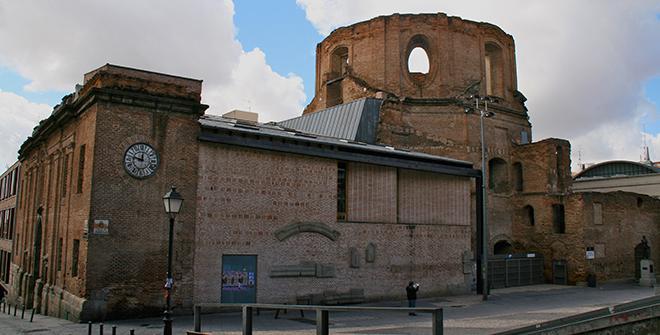
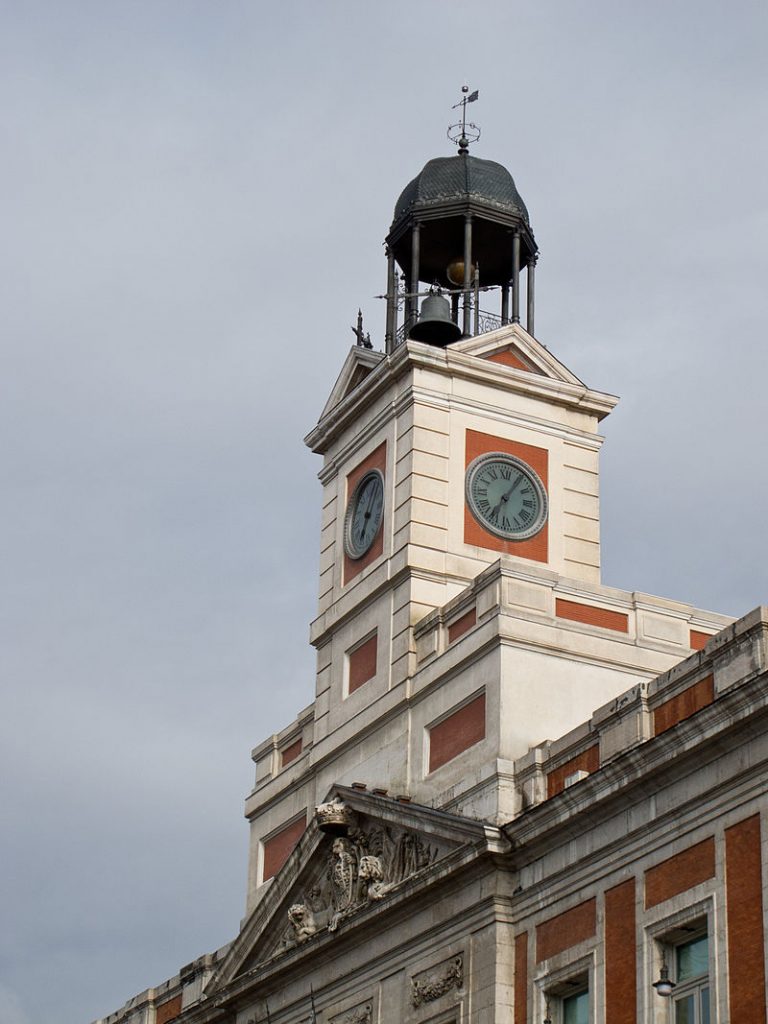
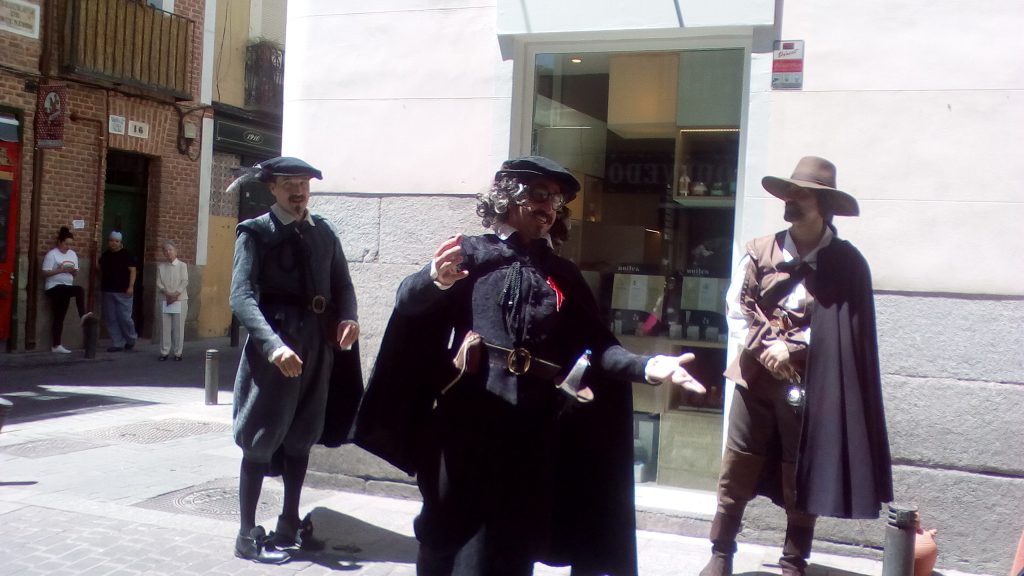
Pingback: From social housing to hot property - The Making of Madrid
Pingback: A History of Epidemics in Madrid - The Making of Madrid